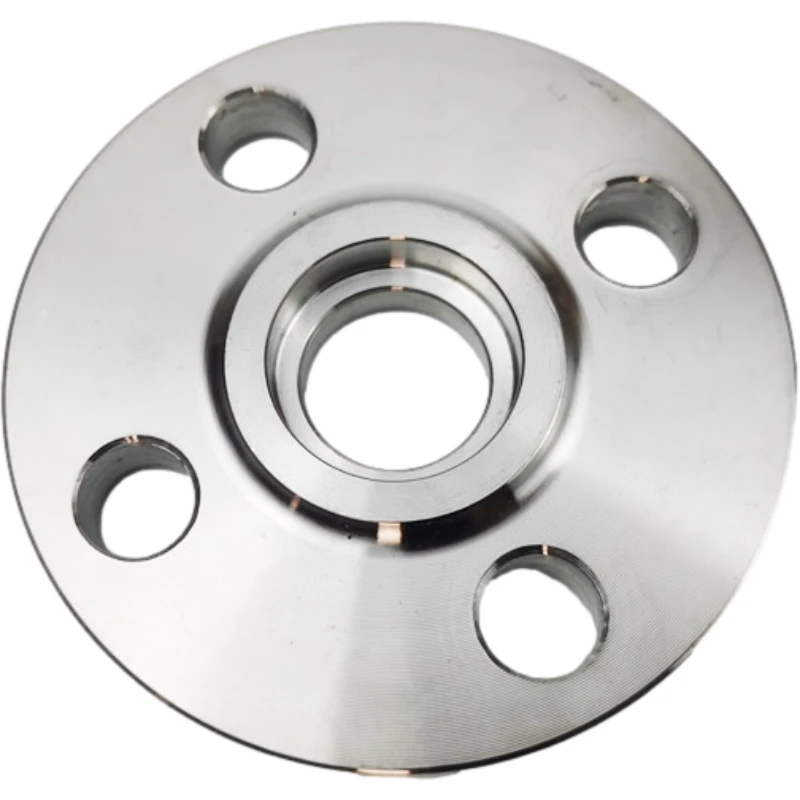-
Cangzhou Yulong Steel Co., Ltd.
-
Phone:
+86 13303177267 -
Email:
admin@ylsteelfittings.com

Dec . 24, 2024 06:06 Back to list
TIG Welding Techniques for Stainless Steel Pipes and Their Applications
A Comprehensive Guide to TIG Welding Stainless Steel Pipes
TIG (Tungsten Inert Gas) welding, also known as Gas Tungsten Arc Welding (GTAW), is a highly versatile welding process often used for joining stainless steel pipes. This method is favored for its precision, quality, and ability to produce clean, aesthetically pleasing welds. In industries where hygiene and durability are critical, such as food processing and pharmaceuticals, TIG welding is frequently the preferred choice for stainless steel pipe fabrication.
Understanding TIG Welding
TIG welding utilizes a non-consumable tungsten electrode to produce the weld. It allows for the control of the heat input and the addition of filler material when necessary. An inert gas, typically argon, is used to shield the weld area from contamination and oxidation during the welding process. This is particularly important for stainless steel, as the presence of contaminants can lead to defects and reduce the integrity of the weld joint.
Advantages of TIG Welding for Stainless Steel Pipes
1. Precision and Control One of the main benefits of TIG welding is the operator’s ability to control the heat and the weld pool, which is essential when working with thin-walled stainless steel pipes. This control helps prevent burn-through, warping, and distortion.
2. High-Quality Welds TIG welding produces strong, aesthetically pleasing, and high-integrity welds. The process allows for deep penetration, resulting in robust joints that can withstand high pressures and corrosive environments.
3. Versatility The TIG welding process is compatible with various materials beyond stainless steel, including aluminum, carbon steel, and titanium. This flexibility makes it an ideal choice for manufacturers and fabricators who work with multiple materials.
4. No Spatter Unlike some other welding processes, TIG welding generates minimal spatter, reducing the need for post-weld cleanup and significantly improving the overall appearance of the finished product.
Applications in Stainless Steel Pipe Welding
stainless pipe tig welding

Stainless steel pipes are used in numerous applications, ranging from plumbing to chemical processing. In the food and beverage industry, for instance, hygienically designed stainless steel pipes are crucial. TIG welding creates welds that are smooth and free of defects, minimizing the risk of bacterial growth.
In chemical processing facilities, where pipes are exposed to corrosive substances, the durability and corrosion resistance of stainless steel are paramount. The reliability of TIG welding ensures that the pipes will maintain their integrity over time, thus preventing costly leaks or failures.
Techniques for TIG Welding Stainless Steel Pipes
1. Preparation Cleanliness is critical for successful TIG welding. Oil, grease, or any contaminants must be removed from the surfaces to be welded. This is typically achieved through solvents or mechanical methods.
2. Fit-Up Ensure that the pipe ends are properly aligned and the gap is consistent. A tight fit will lead to better fusion during the welding process.
3. Selecting the Right Filler Material The choice of filler material is crucial for achieving optimal weld quality. For stainless steel, selecting a filler that matches or complements the base material type is essential.
4. Parameters Setting Adjust the amperage for the thickness of the stainless steel being welded. Thin materials require lower amperage, while thicker sections may require higher settings.
5. Welding Technique Use a steady hand to maintain a consistent arc length and travel speed. Experiment with different torch angles and movements to find the best technique for the specific pipe configuration.
Conclusion
TIG welding stainless steel pipes is a skill that combines art and science, requiring both technical knowledge and hands-on practice. The benefits of using this method are clear—high-quality welds that are essential in demanding environments. By understanding the principles of TIG welding and applying proper techniques, welders can ensure they produce strong and reliable joints that meet industry standards. Whether for industrial applications or specialized projects, mastering TIG welding of stainless steel pipes is a valuable asset in the manufacturing and fabrication sectors.
Latest news
-
ANSI 150P SS304 SO FLANGE
NewsFeb.14,2025
-
ASTM A333GR6 STEEL PIPE
NewsJan.20,2025
-
ANSI B16.5 WELDING NECK FLANGE
NewsJan.15,2026
-
ANSI B16.5 SLIP-ON FLANGE
NewsApr.19,2024
-
DIN86044 PLATE FLANGE
NewsApr.19,2024
-
DIN2527 BLIND FLANGE
NewsApr.12,2024
-
JIS B2311 Butt-Welding Fittings LR/SR 45°/90° /180°Seamless/Weld
NewsApr.23,2024
-
DIN2605-2617 Butt-Welding Fittings LR/SR 45°/90°/180° Seamless/Weld
NewsApr.23,2024











